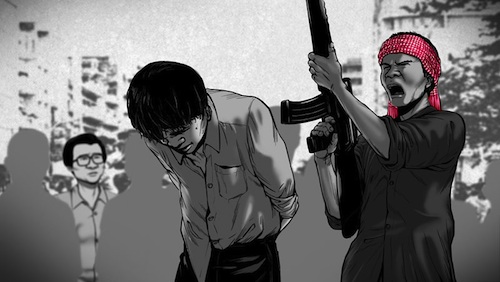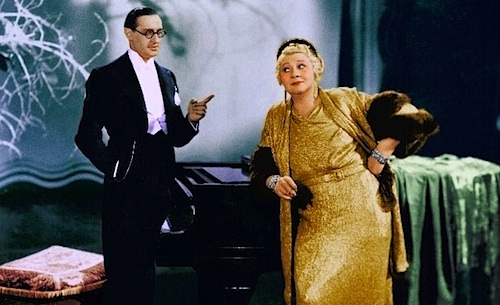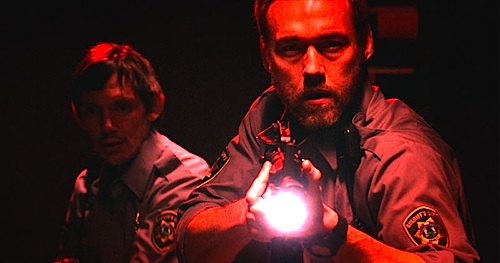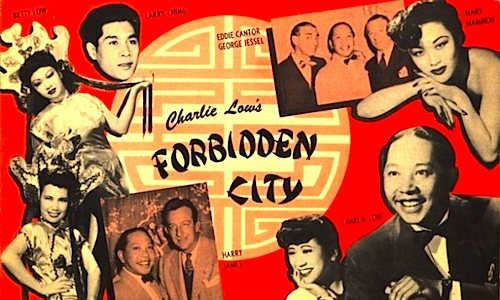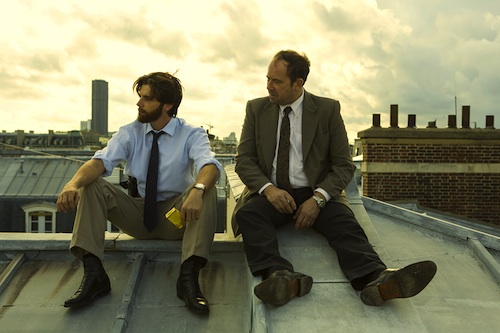
By Joe Bendel. In two recent film versions of high profile French criminal investigations, justice is eventually served, but at a terrible cost of human life. In both cases, the guilty parties were apprehended, but the French police and legal system still take an embarrassing PR hit. Political correctness and anti-Jewish biases caused the police to tragically misjudge the kidnapping of Ilan Halimi dramatized in 24 Days, whereas turf consciousness and bureaucracy needlessly slowed down the hunt “Serial Killer 1 (SK1),” France’s first serial killer of the DNA era. Catching him is the hardest part, but trying him also presents challenges in Frédéric Tellier’s SK1, which screens as part of the 2015 Chicago French Film Festival at the Music Box Theatre.
Charlie Magne thinks he has made it when he is transferred to the anti-crime task force at the storied 36 Quai des Orfèvres, but he immediately inherits a brutal rape-and-murder case that has haunted his teammates. He immediately proves his mettle by discovering a possible link to a similar cold case in Lyon, but all the subsequent lines of inquiry fizzle out. Frustratingly, a sex murderer with a not dissimilar m.o. starts stalking Paris a few years later, but they happened during the watch of the glory-hungry, turf-conscious rival team leader, who effectively freezes Magne’s squad out of the picture.
Much to Magne’s frustration, the parallels continue to mount, until the sheer volume of murders forces the commissioner to mobilize the entire 36th Precinct. In between the killings and bureaucratic skirmishes, SK1 flashes forward from the early 1990s to 2001, when Guy Georges, the alleged “Beast of the Bastille,” faces numerous murder charges. Ordinarily, the split narrative would rather kill the suspense, but Tellier and editor Mickael Dumontier cut to and fro at places that strategically raise doubts and suspicions.
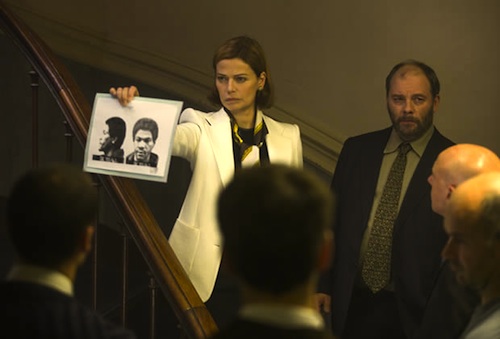
The result is a pretty tight and realistic procedural that will have you pulling your hair out in frustration over the kind of intelligence firewalls and rigid day-to-day regulations that hampered the capture of their suspect. This is particularly true with regards to DNA sample testing, because there were nearly no laws telling the CYA-ers how to handle it before the SK1 Affair.
Sort of like an epic Parisian Law & Order episode, SK1 gives scant attention to the private lives of its characters, aside from a bit of fretting from Magne’s wife. It is just as well. Tellier and screenwriter David Oelhoffen (director of the loose Camus adaptation, Far from Men) recreate the decade spanning investigation with tick-tock precision. It is the sort of film that resists showcasing anyone, but the often underwhelming Raphaël Personnaz does career-best work as Magne. Oliver Gourmet also adds some rumpled world-weary flavor as his early mentor, Bougon, while Adama Niane is suitably fierce as the sociopathic Georges.
The sort of legalistic roadblocks that hindered Magne’s efforts may be peculiarly French, but they are not exclusively so. Regardless, they give the film a distinctive edge. Tense and gritty, SK1 is recommended for fans of true crime and policers, when it screens Friday (7/31) and Saturday (8/1), as part of this year’s Chicago French Film Festival.
LFM GRADE: B+
Posted on July 27th, 2015 at 6:59pm.
